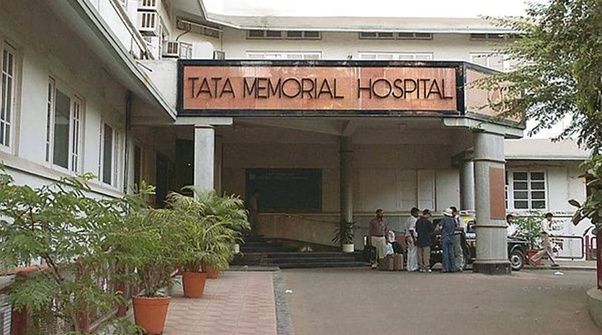Tata Memorial Centre’s (TMC) Groundbreaking research reveals the effectiveness of low-dose Olanzapine in alleviating chemotherapy-induced vomiting, offering hope for improved cancer treatment with reduced side effects.
A recent study conducted at Tata Memorial Centre, Mumbai, has uncovered a cost-effective approach to managing chemotherapy-induced vomiting, a common side effect faced by cancer patients undergoing treatment.
The study, carried out at India’s largest cancer facility, TMC, suggests that a low dose of Olanzapine (2.5 mg) can effectively control vomiting triggered by chemotherapy in cancer patients.
Chemotherapy, an essential aspect of cancer treatment, often leads to nausea and vomiting. While Olanzapine, an antipsychotic medication, has shown efficacy in mitigating these side effects, the standard dosage (10 mg) is associated with excessive daytime sleepiness, limiting its widespread use.
Dr. Jyoti Bajpai, Professor of Medical Oncology at TMC and the lead researcher, highlights the significance of this discovery. Cancer-induced nausea frequently results in extended periods of sleep, disrupting patients’ daily lives, including work and school commitments. Dr. Bajpai emphasized in an interview with The Sunday Express that excessive daytime sleepiness poses challenges to productivity, attendance, and finances as patients struggle to meet employment and academic obligations.
To address this issue, the research team pursued innovative methods to mitigate these adverse effects. A large-scale Phase 3 trial evaluated the efficacy of low-dose Olanzapine (2.5 mg) compared to the standard dose (10 mg) over a 4-day period, alongside standard anti-vomiting drugs with reduced steroid content at TMC, Homi Bhabha National Institute.
The trial, conducted from February 9, 2021, to May 30, 2023, involved 267 patients aged 13–75 years undergoing chemotherapy, particularly those on regimens known to induce nausea and vomiting in solid tumor patients.
The primary objective was to compare the two groups for “complete control,” indicating no vomiting, no requirement for rescue medications, and either no or mild nausea throughout the 0–120 hours phase. The secondary safety objective focused on assessing daytime sleepiness.
Results revealed that 45% of patients in the 2.5 mg Olanzapine group achieved complete control, compared to 44% in the 10.0 mg group, demonstrating the non-inferiority of the 2.5 mg regimen. The marginal 1.0% difference indicates that the 2.5 mg treatment is equally effective as the 10.0 mg one.
Dr. Bajpai highlights this 1% difference as a favorable outcome for the lower dose, showcasing its non-inferiority. Published in the Lancet Oncology, the research paper suggests that low-dose Olanzapine not only exhibits equal efficiency in controlling chemotherapy-induced nausea and vomiting but is also associated with fewer side effects, including reduced daytime sleepiness.
This cost-effective breakthrough holds transformative potential for global healthcare, providing relief to countless patients grappling with chemotherapy-induced nausea and vomiting. The reduction in daytime sleepiness is particularly noteworthy, making low-dose Olanzapine a promising option for enhancing patients’ quality of life during cancer treatment. Further comprehensive studies are warranted to explore its applicability in conditions requiring steroid restriction, such as diabetes and other immunocompromised situations.





